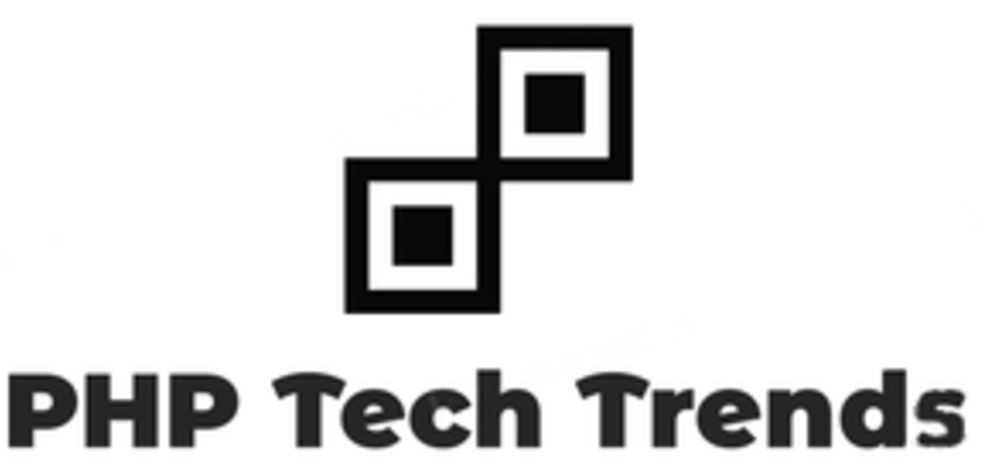Welcome to the world of Big Data and Human Resources Analytics, where data-driven decision-making revolutionizes how organizations manage their workforce. In this digital era, companies are leveraging data to gain valuable insights into employee performance, engagement, and retention. And at the heart of this transformative process lies PHP – a powerful programming language that is reshaping HR analytics in unprecedented ways. Let’s dive into how PHP is driving innovation in HR analytics and redefining the future of talent management.
The Role of PHP in HR Analytics
PHP plays a crucial role in HR analytics by enabling the processing of large volumes of data. It allows for seamless integration with databases and other systems, making it easier to collect, store, and analyze HR data efficiently.
With PHP’s flexibility and scalability, HR professionals can create custom dashboards and reports tailored to their specific needs. This helps in gaining valuable insights into employee performance, engagement levels, retention rates, and overall workforce productivity.
PHP simplifies the automation of repetitive tasks such as payroll processing, recruitment tracking, and performance evaluations. By streamlining these processes through PHP scripts or applications, HR teams can save time and resources while improving accuracy in their analytical work.
PHP empowers HR departments to leverage big data effectively for decision-making purposes. Its versatility makes it a valuable tool for driving strategic initiatives related to talent management and organizational development.
Benefits of using PHP for HR Analytics
When it comes to HR analytics, using PHP can offer a wide range of benefits. One major advantage is the flexibility that PHP provides in handling and processing large volumes of data efficiently. This allows HR professionals to analyze vast amounts of employee information quickly and accurately.
Another benefit of using PHP for HR analytics is its compatibility with various databases, making it easier to integrate different data sources into one cohesive platform. This not only streamlines the analytical process but also ensures that all relevant data is taken into account when making HR decisions.
PHP’s open-source nature means that there is a wealth of resources available online for support and troubleshooting. This can be especially helpful for organizations looking to customize their HR analytics solutions according to their specific needs without incurring high costs.
Leveraging PHP for HR analytics can lead to improved decision-making processes, enhanced workforce management strategies, and ultimately, better business outcomes.
Common Challenges in Implementing PHP for HR Analytics
When implementing PHP for HR analytics, there are common challenges that organizations may face along the way. One of these challenges is ensuring data accuracy and consistency across different systems and sources. It can be a complex task to integrate various data sources into a unified platform while maintaining data integrity.
Another challenge is the need for specialized skills in PHP programming and HR analytics among team members. Training employees or hiring new talent with the necessary expertise can be time-consuming and resource-intensive. Additionally, keeping up with evolving technologies and best practices in both PHP development and HR analytics requires continuous learning and adaptation.
Scalability issues may arise as the volume of data grows exponentially over time. Organizations need to have robust infrastructure in place to handle large datasets efficiently without compromising performance. Ensuring data security and compliance with regulations also poses a significant challenge when dealing with sensitive HR information in PHP-based analytics projects.
Case Studies: Successful Implementation of PHP in HR Analytics
Let’s dive into some real-world examples of how PHP has been successfully utilized in HR analytics.
A global tech company leveraged PHP to streamline their recruitment process, analyzing candidate data efficiently and making informed hiring decisions.
In another case, a retail giant used PHP to track employee performance metrics, leading to targeted training programs that improved overall productivity.
Healthcare organization integrated PHP into their HR systems to identify trends in employee satisfaction levels, resulting in strategic retention initiatives.
These case studies highlight the versatility and effectiveness of using PHP for HR analytics across various industries.
Best Practices for Using PHP in HR Analytics
When using PHP for HR analytics, it’s crucial to establish clear objectives before diving into data analysis. Define what metrics are important and how they align with the overall HR strategy.
Ensure data quality by regularly cleaning and validating the data inputs. Inaccurate or incomplete data can skew results and hinder decision-making processes.
Implement robust security measures to protect sensitive employee information. Encryption, access controls, and regular audits are essential for maintaining data privacy and compliance with regulations.
Utilize visualization tools to present insights in a clear and understandable manner. Charts, graphs, and dashboards can help stakeholders grasp complex trends quickly.
Regularly monitor performance metrics to track progress towards goals and identify areas for improvement. Continuous evaluation is key to optimizing HR strategies based on real-time data analysis.
Collaborate cross-functionally with IT teams, HR professionals, and business leaders to ensure alignment between technical capabilities and strategic objectives. Effective communication is essential for successful implementation of PHP in HR analytics.
Future Outlook and Conclusion
As technology continues to advance, the future of HR analytics in big data looks promising. PHP will continue to play a vital role in transforming raw data into valuable insights for human resource management. With its flexibility, scalability, and extensive community support, PHP is set to be a key tool for businesses looking to optimize their HR processes.
Embracing PHP for HR analytics can provide organizations with a competitive edge by enabling them to make informed decisions based on real-time data analysis. By leveraging the power of PHP in conjunction with big data technologies, companies can unlock new opportunities for improving employee engagement, retention rates, recruitment strategies, and overall organizational performance. The journey towards effective HR analytics may have its challenges but the rewards are well worth it in today’s fast-paced business environment.

